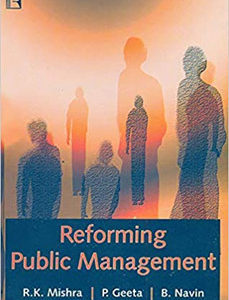POVERTY, SOCIAL CAPITAL AND NATURAL RESOURCE MANAGEMENT
₹1,095.00 Original price was: ₹1,095.00.₹849.00Current price is: ₹849.00.
25 in stock
The present study attempts to analyse how the degradation of natural resources, particularly forests and water bodies, affect the poor. Modernisation, liberalisation and consequent free operation of market forces, has added to the sufferings of these marginalised communities. There is also a threat to their traditional occupations due to environmental degradation and deterioration of natural resources in their regions. This trend will further accentuate poverty of the marginalised sections.
However, only protecting natural capital from degradation will not be sufficient to eradicate poverty. This step will be only a part of the larger strategies of eradication of poverty in developing countries like India. The present book examines all this in the context of the Chilika lake and Keonjhar forest in Orissa, through both theoretic frameworks and empirical realities.
The book comes to conclusion that local level institutions of genuine local democracy, effective and practicable land reforms and land tenure policy, expansion of primary and secondary education as well as efficient public health services, proper system of credit delivery, steps for growth of rural non-farm sector, access to CPR and environment protection, and organisation of rural poor are much essential to empower the rural marginalised sections and thus to alleviate poverty in developing societies.
| Author's Name | |
|---|---|
| Binding | |
| Release Year | |
| Language | |
| Publisher |
Related products
Business & management
Business & management
COMPARATIVE ECONOMICS SYSTEMS: Culture, Wealth, and Power in the 21st Century
Business & management
Business & management
Business & management
Business & management
Business & management
Business & management











